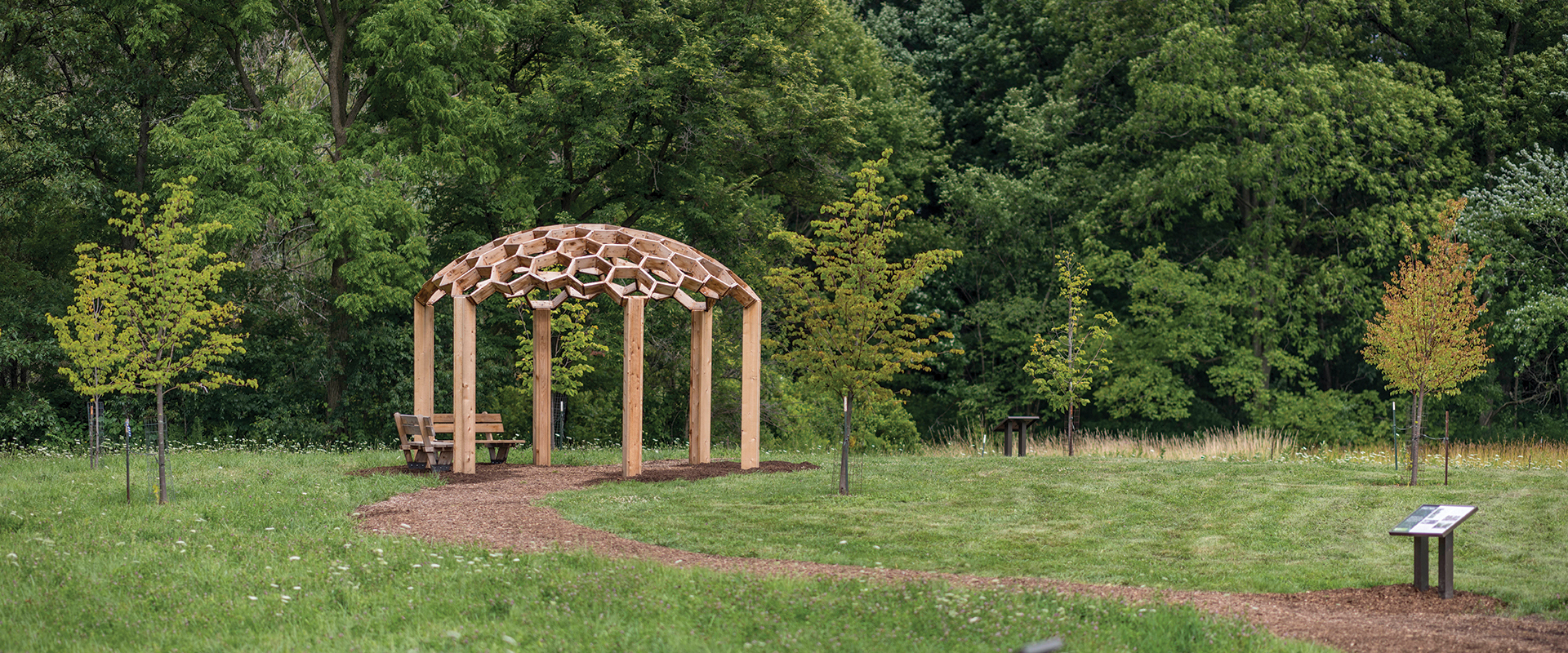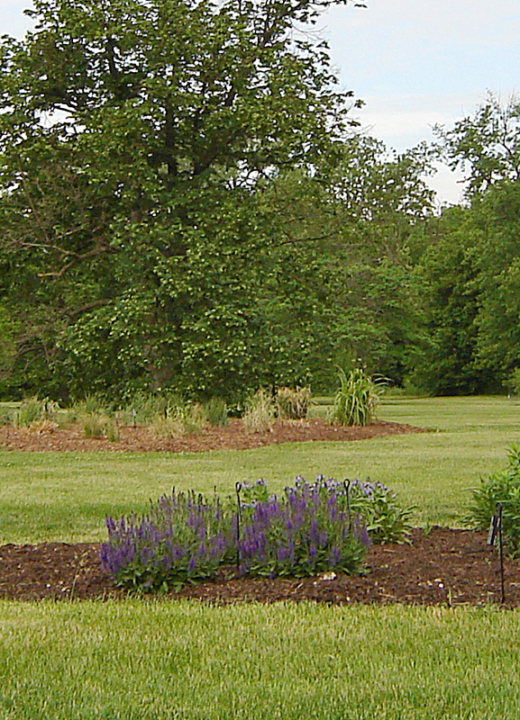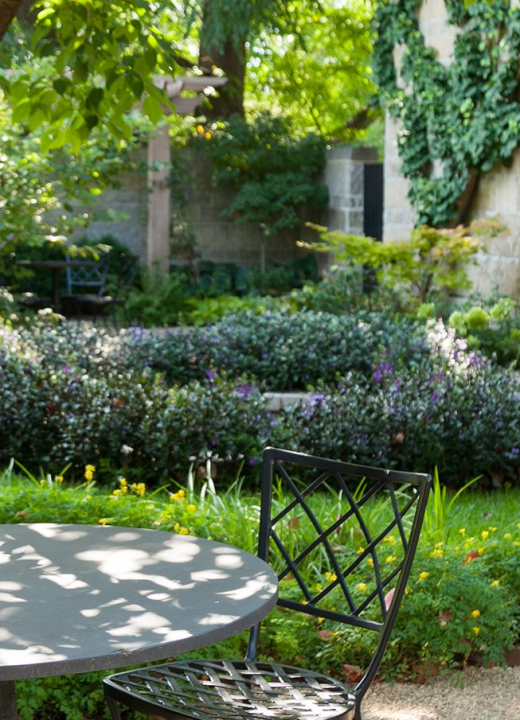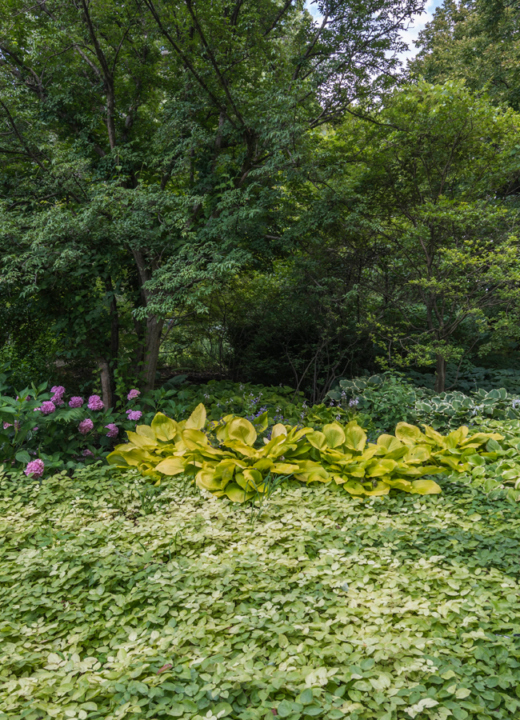Large, stately Linden trees are a common sight in cities and suburbs in the United States, Europe, and Asia. Their fragrant flowers are favorites of honey bees and other pollinating insects, which is reflected in the honeycomb-inspired pergola in The Morton Arboretum’s Linden Collection.
The genus Tilia includes about 30 species of trees and shrubs. The common name for European and Asian Tilia species is linden, but species native to the United States are most commonly called basswood.
The Arboretum’s Linden Collection includes 32 distinct kinds of lindens represented by more than 88 trees in its site on the East Side. There are more lindens to be found throughout the Arboretum—more than 280 linden trees of 45 kinds.
The collection includes many Asian, European, and North American species and their hybrids. Look for a handsome example of the stately American basswood (Tilia americana), with its low-hanging branches. This native tree is found throughout the eastern United States. Interesting variations in the collection include including Carolina linden (T. americana var. caroliniana), Florida basswood (T. americana var. floridana), and white basswood (T. americana var. heterophylla). All three of these trees are closely related to American basswood.
European lindens are popular as street trees throughout North America and Europe. Among the European species in the Arboretum’s collection are silver linden (T. tomentosa) and cultivated varieties derived from it. The tree is known for the silvery undersides of its leaves, easily seen when the leaves flutter in the wind.
Some trees in the collection are unusual species not often seen in public gardens. They include Korean linden (T. insularis), Japanese linden (T. japonica), Amur linden (T. amurensis) and Manchurian linden (T. mandshurica).
The Linden Collection is a Nationally Accredited Collection of the Plant Collections Network, one of six accredited collections at the Arboretum. The Plant Collections Network is administered by the American Public Gardens Association in collaboration with the USDA Agricultural Research Service.
While you admire the trees, enjoy the artwork and information panels or sit for a while beneath the honeycomb pergola and imagine the taste of honey made from linden flowers.





























































































